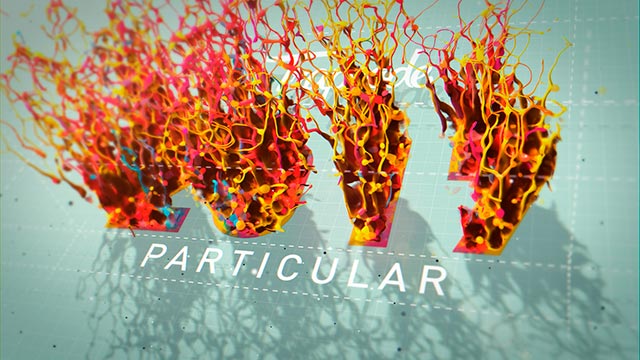
Air is not a perfectly clear medium but a translucent gas that can act as a lens. It can be useful to generate heat distortion particles in 3D animation software, when the distortion needs to be attached to a 3D animated object, such as a jet engine or rocket exhaust.Īs you know from basic physics, hot air rises and hot particles move faster than cool ones. There are cases in which our atmosphere behaves like this as well, when ripples are caused in it by the collision of warmer and cooler air, a medium which is not quite as transparent as it seems. Rippled waves in the water cause rippled bending of light. Stare into a swimming pool, and you can see displacement caused by the bending of light as it travels through the water. A comparison with an unaltered shot of the building (b) emphasizes the amount of distortion. The effect of heat haze has been added to the general mayhem being issued by the helicopter (a). When the fire itself is in the shot and you can see through it or anywhere above it, you expect the fire to heavily distort whatever is visible behind its heat.įigures 14.13a and b.

This adds to the visceral reality of the shot, whether it's a desert exterior, a day at the racetrack, jet engine exhaust, or all three (which describes the pod race sequence from Star Wars pretty well). When your eye sees heat distortion, it understands that the environment is dynamic, containing an abrupt mix of hot air with cold air. Its rippling effect adds to the dynamism or chaos of the scene. Like a lens flare, it's a highly visible effect that, if properly motivated and adjusted, lends realism to your scene rather than distracting from its story.įigures 14.13a and b show the fabricated results of heat distortion in a scene. Heat distortion, that strange rippling in the air that occurs when hot air is dissipated into cooler air, is another one of those effects compositors love.


 0 kommentar(er)
0 kommentar(er)
